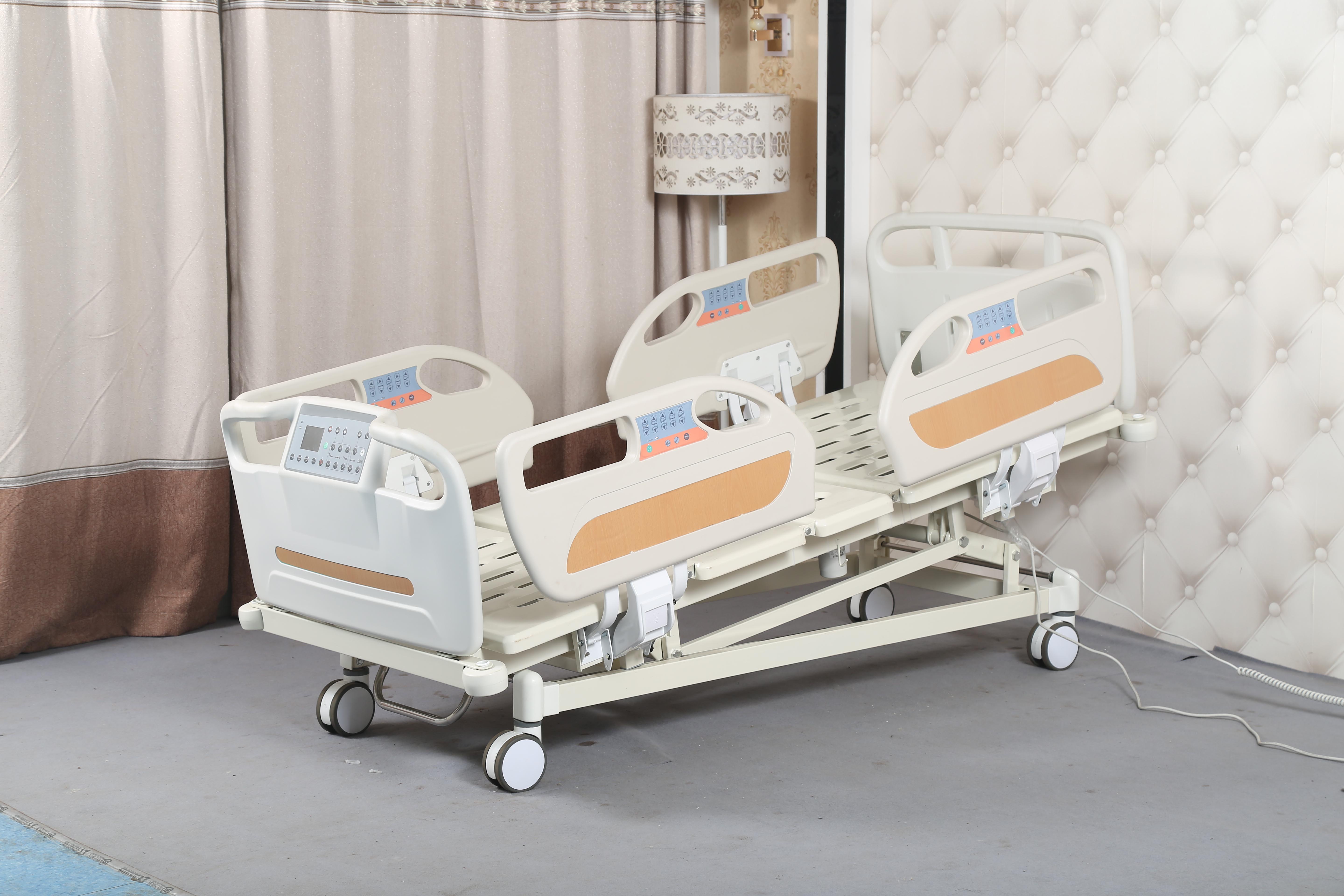Welcome to our websites!
Exploring the Impact of Bed Availability in Intensive Care Units on Patient Outcomes
Understanding the Importance of Bed Availability in ICUs
In the realm of healthcare, especially during critical times, the availability of hospital beds, particularly in Intensive Care Units (ICUs), is a paramount concern that can significantly impact patient outcomes. The term bed availability refers to the number of beds that are ready to accommodate patients, and in the context of ICUs, where patients often require specialized medical care and monitoring, this issue becomes even more pressing.
ICUs are equipped to provide intensive monitoring and life support for patients facing severe health crises, such as respiratory failure, traumatic injuries, or post-surgical recovery from complex procedures. The demand for ICU beds can surge during public health emergencies, like pandemics or natural disasters, further emphasizing the critical need for adequate bed capacity. For instance, the COVID-19 pandemic highlighted the strain on healthcare systems worldwide, demonstrating how quickly resources can be depleted and how quickly the pressure mounts on hospital infrastructures.
One of the significant challenges hospitals face is balancing the number of operating beds with the influx of patients needing care. Hospital administrators often must make difficult decisions regarding bed allocation, prioritizing patients based on the severity of their conditions. However, bed availability is not only about physical space; it encompasses staffing levels, nursing care, and the availability of essential medical equipment, all of which are crucial in providing effective patient care.
Moreover, the consequences of inadequate bed availability can be dire. Patients waiting for ICU admission may experience delays in receiving the critical treatments that could enhance their chances of recovery. This situation can lead to poorer overall health outcomes, including increased morbidity and mortality rates. In some cases, patients may even be redirected to facilities that are farther away, complicating care continuity and family support.
bed icu

To mitigate the challenges related to ICU bed availability, several strategies can be employed. First, hospitals can implement predictive analytics to forecast demand based on historical data and current trends. By anticipating peak times for ICU admissions, hospitals can better prepare by ensuring staffing levels are sufficient and resources are adequately allocated.
Additionally, hospitals can promote the efficient use of existing beds through improved discharge planning. A streamlined process for moving patients out of the ICU when they reach a stable condition can free up beds for those who need immediate care. Utilizing telemetry units or step-down units for patients who may not need the full resources of an ICU can also help to alleviate bed pressures in critical areas.
Another noteworthy approach involves integrating telehealth technologies, which can extend the reach of specialists and allow for better monitoring of patients in non-ICU settings. This can facilitate earlier interventions and help prevent deterioration that necessitates ICU admission.
Finally, fostering collaborations between hospitals and community health organizations can ensure that patients receive appropriate care throughout the continuum of health services, reducing the strain on ICU resources.
In conclusion, the availability of ICU beds is a vital component of a responsive healthcare system. As medical knowledge and technology advance, it becomes increasingly crucial to ensure that patients receive timely and effective care in these critical environments. By addressing the multifaceted challenges related to ICU bed availability, healthcare systems can enhance patient outcomes and overall public health resilience. In a world where health crises are becoming more frequent, the imperative to secure ICU resources cannot be overstated; it is an essential element in safeguarding the lives of those who depend on intensive medical care.
-
Transforming Healthcare with Hospital FurnitureNewsJun.24,2025
-
Rehabilitation EquipmentNewsJun.24,2025
-
Mobility and Independence with WheelchairsNewsJun.24,2025
-
Freedom of Mobility with Our Rollator WalkersNewsJun.24,2025
-
Comfort and Independence with Commode ChairsNewsJun.24,2025
-
Bathing Safety and Independence with Shower ChairsNewsJun.24,2025
-
Navigating the Wholesale Landscape of Electric Mobility Solutions: Key Considerations for Power Wheelchair DealersNewsJun.10,2025











